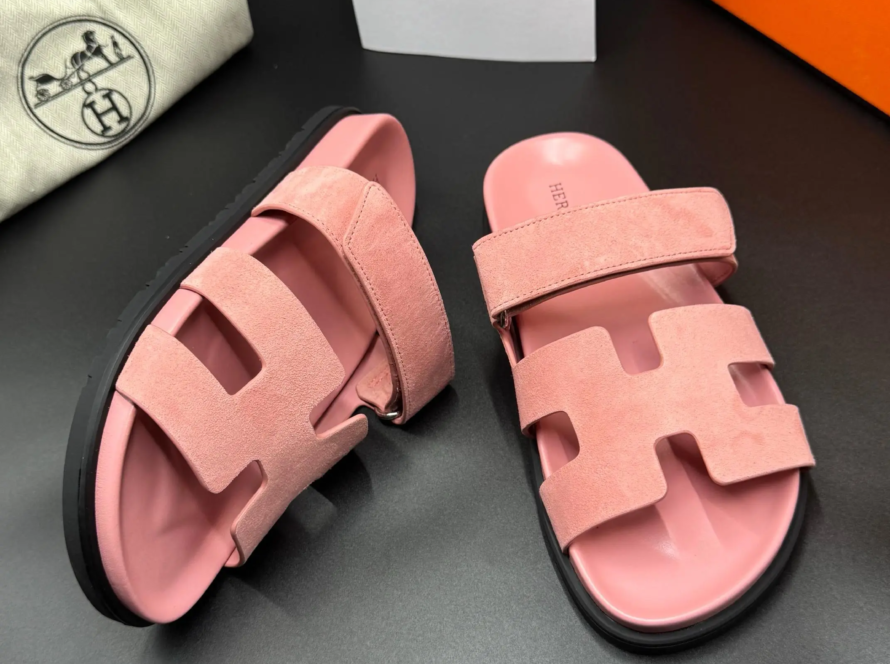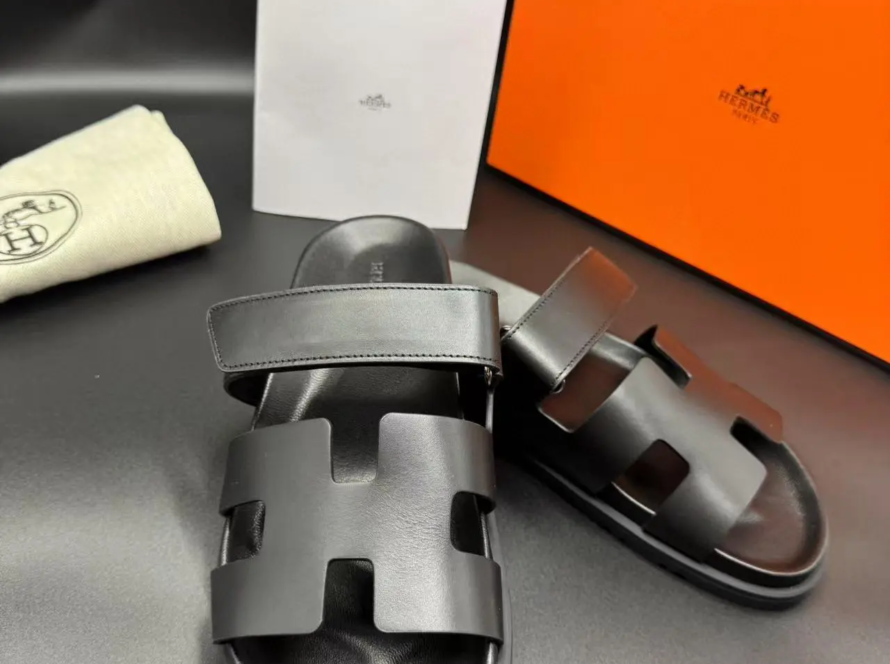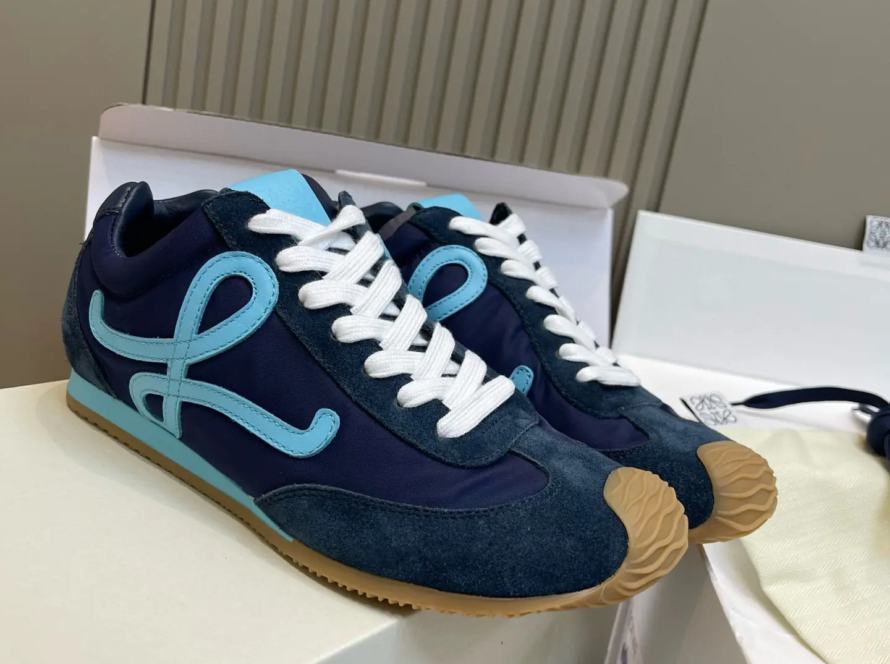Reviving the Art of Luxury: A Connoisseur’s Guide to Worn Leather Shoe Restoration
For lovers of fine leather footwear—whether it’s a handmade Italian oxford, a custom English brogue, or a limited-edition designer piece—even the slightest scuff can feel like a scratch on a masterpiece. However, true luxury lies not only in acquisitions but also in management. Properly restoring worn leather is both a practical necessity and an act of preservation that respects the artistry in your collection. This comprehensive guide reveals the professional-grade techniques used by Parisian ateliers and Savile Row craftsmen, suitable for the hands of the discerning collector.
Know Your Canvas: Leather Types and Their Fragility
Before exposure to any wear, connoisseurs will recognize that leather type determines handling strategy:
- Full grain/dough (Common in high-end dress shoes): Wear appears as lighter patches and the wax is peeled off
- Correct texture (common in designer fashion shoes): May expose unfinished layers beneath the surface coating
- bronze finish (Signature of masters such as Berluti): Wear alters carefully crafted color transitions
- exotic (Crocodile, Ostrich, Cordovan): Unique grain patterns require a specialized approach
"When heirloom-quality shoes suffer damage," Skating master Julien Berger pointed out, "You’re not just repairing a scuff—you’re repairing a story."
Elite Recovery Protocol: Tool of the Industry
Arm your dressing room with these investment-worthy essentials:
- Sapphire Gold Refurbished Machine (pH balanced leather conditioner)
- Fine horsehair buffer brush (Never use synthetic bristles)
- glass smoothing tool (for edge trimming)
- Japan Zwax pigment cream (particle color restoration)
- Deer bone polishing machine (for sealing patina)
- Isopropyl alcohol 70% (Professional grade cleaning fluid)
- surgical grade swabs (precise application)
avoid mass market "repair kit"-Their harsh chemicals can degrade fine leather over time.
Restoration Ritual: Step by Step to Perfection
1. Diagnosis
Use a jeweler’s magnifying glass to examine in natural light. Determine depth:
- surface damage (wax layer removal)
- moderate wear (pigment displacement)
- structural damage (Damaged leather fibers)
2. Purification stage
Use a surgical swab soaked in isopropyl alcohol to gently remove dirt from the wound. Continuously rotate the swab tip to prevent recontamination. For cordovan, use distilled water instead to avoid oil slicks.
3. Molecular hydration
Apply Renovateur using silk cloth in circular motions. Allow 14 minutes for absorption – the exact time it takes for the phospholipids in high-quality leather to rearrange themselves.
4. Precision color therapy
Using an artist’s sable brush, apply pigment paste in cross-hatched layers. For bronzer, refer to the factory color code (available from custom manufacturers) to mix a custom shade.
5. Wax Alchemy
Wax layer forms within 48 hours:
- First layer: neutral wax (filler)
- Layer 2: Pigment Wax (Color Correction)
- Layer 3: High Gloss Wax (Gloss Revival)
6. Patina sealing ceremony
Heat deer bones to 35°C (human skin temperature). Polish with controlled pressure, following the natural grain of the leather, but never working against the grain. This ancient technique binds pigments molecularly.
Preservation Strategies for Heirloom-Grade Footwear
- daily buffering ritual: Cashmere cloth 33 seconds per shoe
- Breathing program: Cedarwood during wearing period (at least 24 hours)
- Humidity control: Keep 35-45% RH in the storage cabinet
- professional renaissance: Twice a year spa treatments by certified artisans
"Ownership is not transactional;" Said Emmanuel of Savigny Director Lobb Paris. "This is the protection of craftsmanship passed down from generation to generation."
Conclusion: The Philosophy of Imperfection
Japanese wabi sabi Tradition, a journey of restoring respectable objects. Is there a faint halo around the repaired wear? For collectors, it’s a badge of honor and a testament to adventure in fine footwear. By mastering these techniques, you’ll move beyond mere maintenance and become a collaborator in the shoe’s ever-evolving legacy. Remember: Museum-quality preservation begins at home, continues in the studio, and ultimately lives where the masterpiece belongs.
FAQ: Discreet Solutions for Discerning Collectors
Q: Can I repair worn metal leather boots without losing their shine?
one: Apply using Zwax Metallic Cream and an electrostatic buffer brush. The reflective surface is then rebuilt with crystal clear hard wax.
Q: My premium python loafers are scuffed – will a DIY repair void my home warranty?
one: Exotics require manufacturer certification. For LVMH Group brands, please use their concierge restoration service. Independent designers typically allow approved third-party designs.
Q: Will patina restoration reduce collectible value?
one: Original factory patina is irreplaceable. However, certified craftsmen such as Berluti Pantinel) usually enhances the source through appropriate certification.
Q: Why is the use of household vinegar banned in repairs?
one: Acetic acid hydrolyzes collagen fibers and accelerates hydrolysis. For pH correction, use only electrolyte-balanced professional products.
Q: Can edge wear be completely eliminated?
one: Master rope lifts the edges with vegetable-tanned filling, re-dyes, and seals with melted wax for an invisible repair. Special tools are required.
Q: What wear and tear requires professional intervention?
one: Tearing beyond the surface layer, crushing of the toe box, or damage affecting the structural welt. Looking for registered craftsmen Guild of Master Craftsmen or Saddlemakers and Shoemakers Guild.
Q: How do I save my restored work?
one: Nanoparticle ceramic coating (developed specifically for luxury cars) applied every 120 wears – creating a molecular barrier without altering aesthetics.




